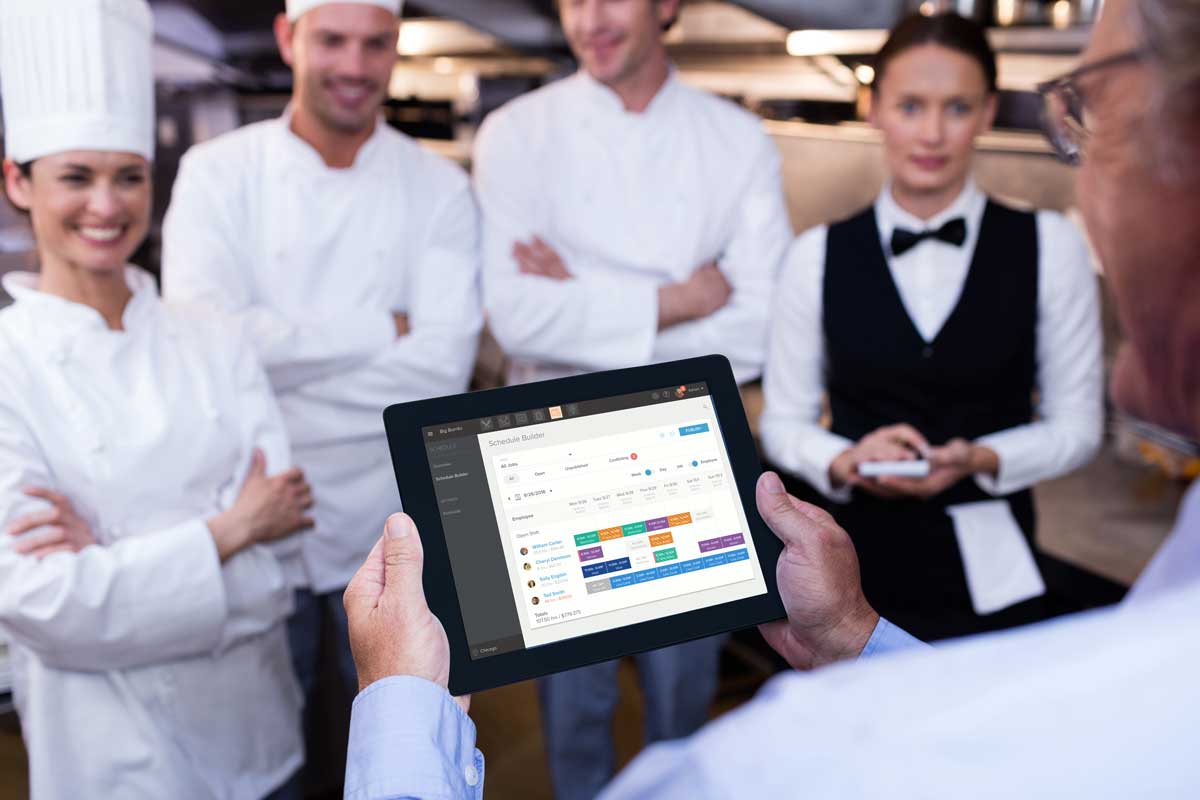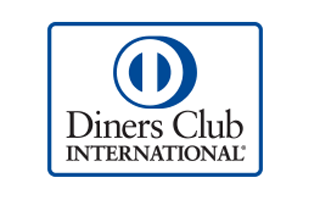Types of Restaurant Employees
Although the number of employees can vary based on the type and size of the restaurant, the general type of employees remains consistent. By knowing the employee types and their job functions, you can set up your restaurant in an efficient manner.
Restaurant Jobs Vary by Restaurant Type
The type of restaurant influences what jobs are available. A large fast-food or casual-dining chain will offer administrative, human resources, management, and marketing positions, whereas, in a small cafe or fine dining establishment, these duties are more likely to fall to the general manager, the proprietor, or even the chef.
In general, the work in restaurants is divided into back-of-the-house and front-of-the-house positions. In large chains, there is also usually a corporate location where the upper management and administration will take place.
If you're interested in working your way up at a restaurant, your chances are probably better at a chain establishment, where there are likely protocols in place for grooming and training staff for promotions.
Management
The management team of a restaurant begins with its owner, whether an individual or a corporation. The owner might set the restaurant's overall direction, or hire others and let them do so. Large restaurants might have a business manager or overall manager to handle the administrative side of operations. In other cases, the executive chef might handle the business and administrative work. If the executive chef is primarily a manager, there is often a chef de cuisine or executive sous-chef to take day-to-day responsibility for food production.
Kitchen
Within the kitchen itself, daily operations are usually overseen by a sous-chef, who manages the work of the cooks and is personally responsible for the quality of the food produced on his or her shift. The sous-chef might also be responsible for ordering and inventory or might only report inventory levels to the chef or executive sous-chef. Line cooks are responsible for most food production, with the assistance of cook's helpers or apprentice cooks. Large kitchens also often employ prep cooks to do basic food preparation such as chopping vegetables, freeing the line cooks for more skilled work. Pastry chefs prepare desserts and baked goods.
Dining Room
The dining room, or "front of the house," is often supervised by a dining room manager or, in more formal restaurants, a maitre d' hotel. The dining room manager or maitre d' oversees the service staff and usually the bartenders as well, scheduling and maintaining inventory. Large restaurants might have a head waiter to specifically manage the servers. Servers take the diners' orders and deliver their food. Assistants or bus persons clear the dishes between courses and help attend to the diners' needs. Restaurants with extensive wine lists often have a sommelier or wine waiter to help diners choose a bottle. There might also be a host or hostess to seat guests.
Other Staff
Large and busy restaurants might employ additional staff for a variety of purposes. Some have a receptionist specifically to maintain the restaurant's reservation book. This might be a physical ledger or, in more modern establishments, a computerized database. Some restaurants require administrative assistants and a full-time bookkeeper or accountant to maintain financial records. The dishwashing staff and night cleaners are also essential. An efficient dishwashing crew reduces the need for tableware and dishes, while the cleaning and maintenance staff help the restaurant present itself well to potential diners.
References:
https://work.chron.com/job-titles-restaurant-staff-3990.html
Search
Categories
Popular Posts



















Comments: 0
No comments